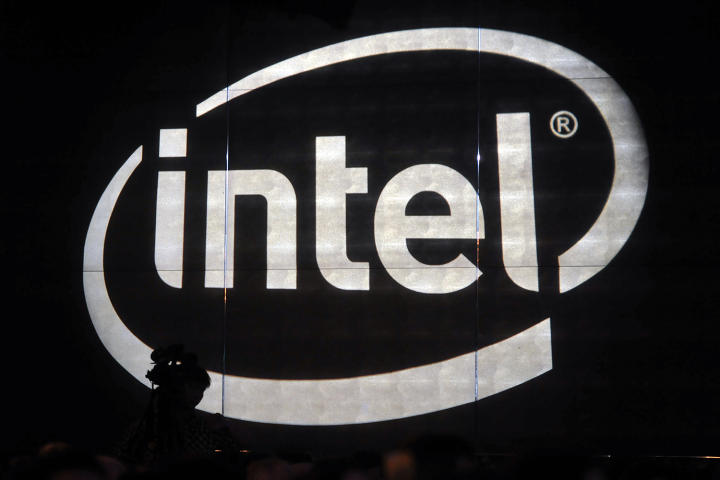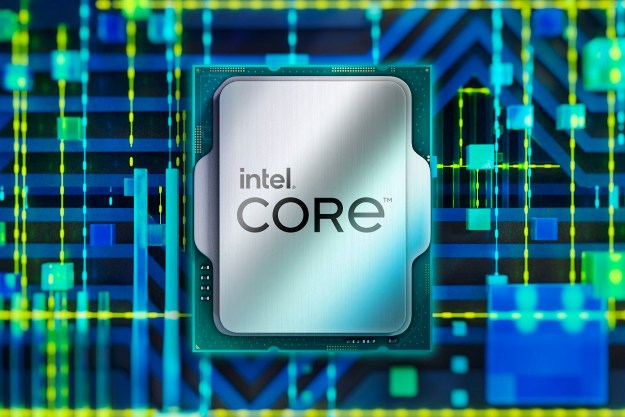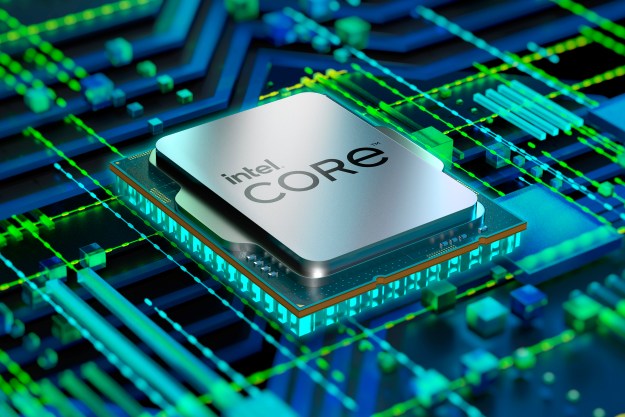
At IFA 2018, Intel announced additions to its 8th-Generation processor lineup with a focus on mobile performance and enhanced connectivity. The 8th-generation additions include the U-series, which was formerly known as Whiskey Lake, and Y-Series, formerly known as Amber Lake. Intel claims that these chipsets are optimized for mobile form factors, including laptops and 2-in-1 convertibles. The U-series includes the Core i7-89565U, Core i5-8265U, and Core i3-8145U, while the Y-series family includes the Core i7-8500, Core i5-8200Y, and Core m3-8100Y.
Both the U- and Y-series chipsets come with improved connectivity and other features. Intel claims that the integrated Gigabit Wi-Fi will bring up to 12 times the connection speeds to thin and light mainstream laptops for the first time, while the Y-series will come with fast Wi-Fi and LTE support. In terms of performance, the U-series should deliver up to two times the performance for laptop compared to the standard five years ago, and the Y-series delivers double-digit performance gains compared to the previous generation of
With the 8th-generation U-series chips, “consumers can now download their favorite shows and movies in under a minute, create, edit, and share 4K/360 video content 6.5x faster, and stream and play games, including World of Warcraft: Battle for Azeroth and World of Tanks,” Intel said in a statement. Systems with 8th-generation U-series chips will come with support for multiple voice services, such as Microsoft Cortana and Amazon Alexa, and support for Dolby Vision HDR and Dolby Atmos content.
Intel’s power efficient Y-series chips have been used on thin devices, such as Apple’s 12-inch MacBook, in the past, while the U-series has been a popular staple on mainstream Ultrabooks. In the past, Intel had used its Core m branding on Y-series machines.
Y-series chips will deliver better support for touch and stylus. And its likely we’ll see more convertibles with Y-series processors given improved support for stylus. These systems are expected to come in at just 7mm thick and weigh less than a pound. Coupled with eSIM and LTE support, Intel is positioning the Y-series devices as a competitor to Windows devices running Qualcomm’s Snapdragon chips, which are based on designs created by ARM. Intel’s advantage is that Y-series devices will be able to run the full version of Windows 10 instead of the more limited Windows 10 S Mode.
““The new 8th Gen Intel Core processors extend once again our leadership in delivering exceptional performance. Now with Gigabit Wi-Fi, we’ve enabled faster PC connectivity, added more intuitive voice experiences, and enabled longer battery life needed for the next wave of mobile computing.” said Chris Walker, vice president of the client computing group and general manager of Intel mobile client platform.
With both chipsets targeted at mobile users and for use in thin and light systems, Intel is also making battery life improvements. Devices with the U-series chips are expected to last for up to 16 hours on a single charge, and battery life can go up to 19 hours with power-optimized devices.
Editors' Recommendations
- Intel 14th-gen Meteor Lake: architecture, specs, and performance
- Get ready to pay more for Intel’s next-gen CPUs
- Intel’s latest update improves gaming performance by up to 77%
- Intel Raptor Lake CPUs: Everything we know about the 13th-gen processors
- How to watch Intel’s 13th-gen Raptor Lake launch today (and what to expect)


